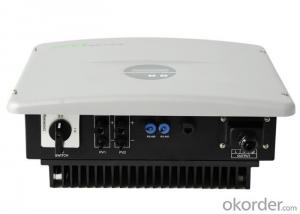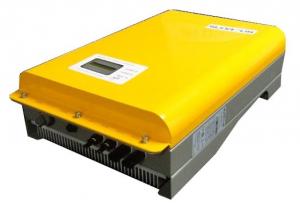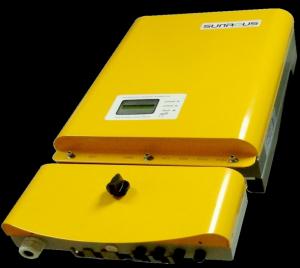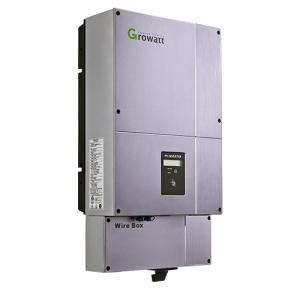Eaton Solar Inverter
Eaton Solar Inverter Related Searches
Easun Solar Inverter Easun Power Solar Inverter East Solar Inverter East Power Solar Inverter Solar Energy Inverter Eltek Solar Inverter Solar Electric Inverter Eastman Solar Inverter Solar Solar Inverter Enphase Solar Inverter Satcon Solar Inverter Easy Power Solar Inverter Inverter Solar Emerson Solar Inverter Solar Energy Power Inverter Easy Solar Inverter Danfoss Solar Inverter Solaris Solar Inverter Power Solar Inverter Ecostar Solar Inverter Inverter Solar System Inverter Power Solar Voltronic Solar Inverter Solar Rooftop Inverter Sun Solar Inverter Epever Solar Inverter Infineon Solar Inverter Tesla Solar Inverter Victron Energy Solar Inverter Vevor Solar InverterEaton Solar Inverter Supplier & Manufacturer from China
Eaton Solar Inverter is a line of high-quality solar power conversion products that are designed to optimize the performance of solar energy systems. These inverters play a crucial role in converting the direct current (DC) generated by solar panels into alternating current (AC) that can be used by homes and businesses. The Eaton Solar Inverter is widely used in various applications, including residential rooftop installations, commercial solar projects, and large-scale utility solar farms. These versatile inverters are engineered to provide reliable and efficient power conversion, ensuring that solar energy systems can deliver maximum output and return on investment.The Eaton Solar Inverter is an essential component in harnessing the power of the sun and integrating it into the electrical grid or local power consumption. Okorder.com is a leading wholesale supplier of Eaton Solar Inverter products, offering a vast inventory to cater to the needs of various customers. By partnering with Okorder.com, customers can access a comprehensive range of Eaton Solar Inverter products, ensuring that they have the right equipment for their specific solar energy project requirements. This partnership allows for streamlined procurement processes and access to competitive pricing, making it easier for businesses and individuals to invest in sustainable energy solutions.
Hot Products



















































